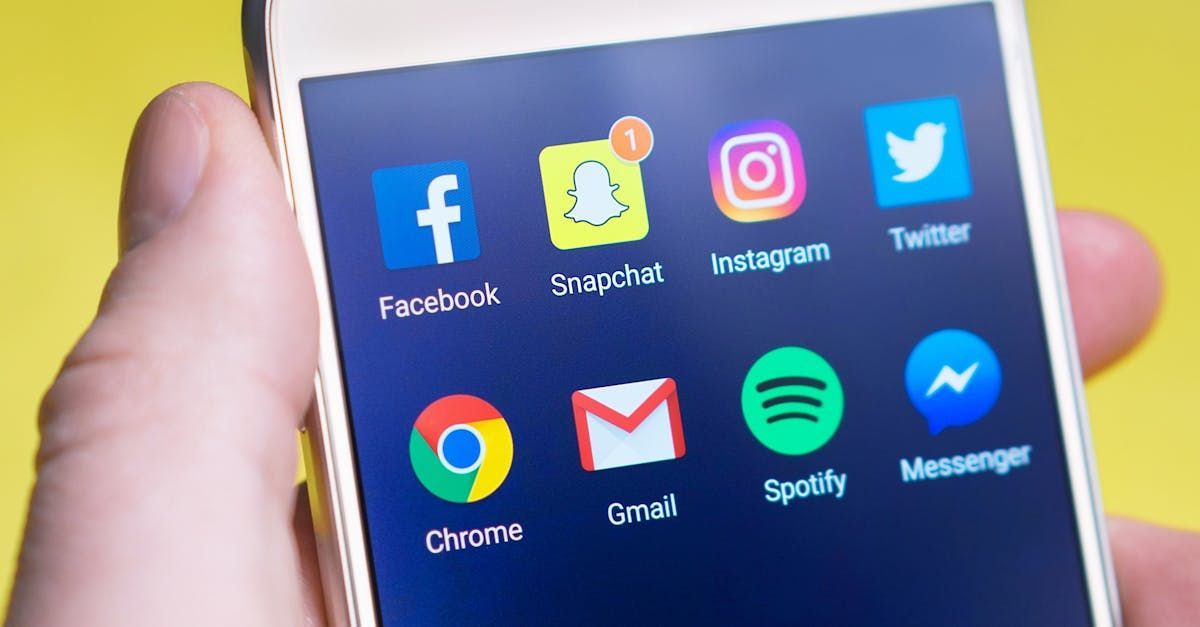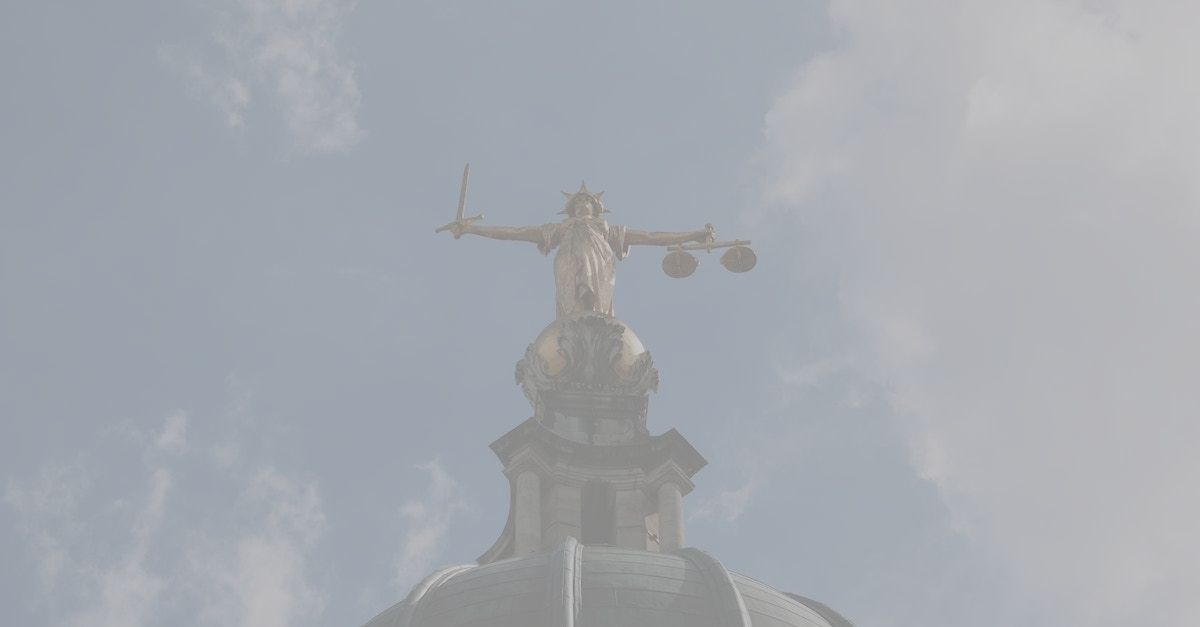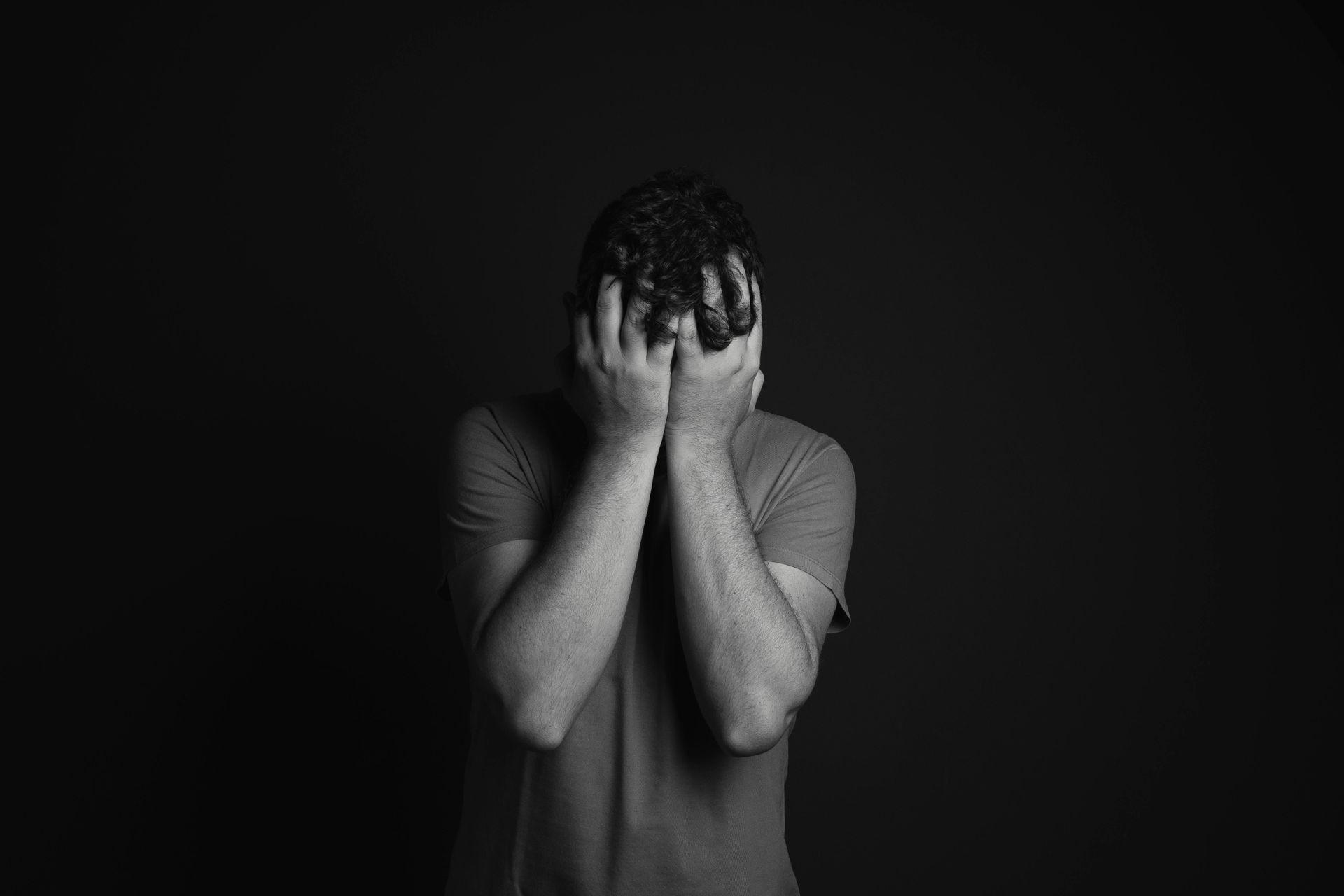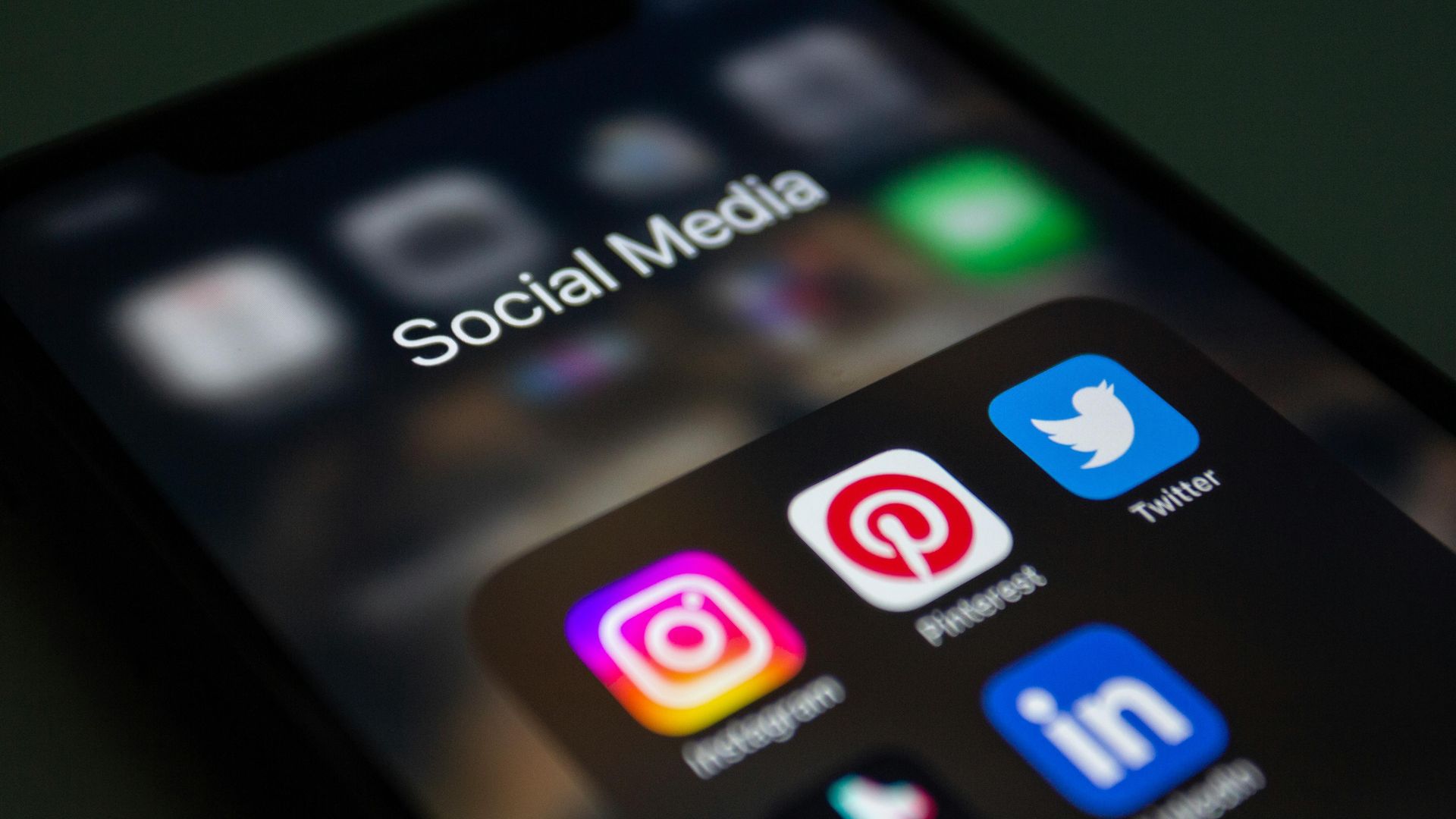How Can the Police Prove That a Phone Belongs to Me?
How do the police prove that the phone belongs to me?

Almost all people own a mobile phone in this day and age, they have replaced the traditional home phone land line, and make communication much easier and quicker. A mobile phone also provides us with various ways of communicating such as via text message, what’s app, Facebook Messenger, Snapchat to name a few and allow for multiple participants to be involved in a conversation.
Mobile phones also allow pictures and videos to be exchanged via messaging services, most people now exchange picture messages or upload pictures via their mobile device.
The increasing use of mobile phones over recent decades has allowed for them to become a device used to plan and/or carry out criminal offences, leading to the data stored within them becoming a crucial line of enquiry within a police investigation, particularly for sexual offences.
The police will seize mobile phones
where they believe that information on them could provide helpful evidence during an investigation, but the first task for the police is attributing that phone to their suspect. The following may assist in them doing this:
- Text messages between the accused and the complainant
Texts messages can be very helpful in supporting an account or undermining one. Text messages can be particularly helpful in cases which concern allegations of rape, sexual assault, sexual communication with a child
and coercive and controlling behaviour.
We often use text message logs in the defence of a case, to show that the account given by a complainant is not supported by her behaviour and attitude at the time towards the accused.
- Text messages between the accused and other persons
The accused may have an alibi. Text messages with that alibi may be in existence which proves the alleged offence was not committed. There may also be text messages with others, discussing the situation which the accused has found themselves in, adding credibility to any account they give to the police.
- Phone call logs
Phone call logs can assist in establishing what a person was doing at a certain time; they can also lead the defence and the police to potential witnesses.
- Email accounts
Email accounts can assist the police in establishing who the phone belongs to, if there are email accounts registered to the accused logged in on the phone this could go towards proving their ownership and control over that device.
- Social media accounts
Social media accounts can be very helpful, most people have at least one account which they are active on. These accounts can also help to establish who has ownership and control of the specific device. They can also provide a persons whereabouts at a particular time, their interactions with others and their interests.
- Internet searches made by the accused
Internet searches can be particularly helpful in indecent image offence
cases. The police will always look to see whether the accused has made searches for material which shows a sexual interest in children who are under age. This in turn will assist in proving an interest, and also that the accused is more likely than not had knowledge of the images found on the device. However, this must be approached with caution as the owner of the phone may not be the person responsible for these searches.
I often also find the accused will Google the offence for which they are under investigation for, or the offence which they believe they are going to be accused of. For example, I have experienced clients who have been threated by ex-partners that they will be reported for a rape offence, they then naturally go on to the internet to find out what the consequences are likely to be. Although this is not necessarily the incorrect thing to do, it is something the police are likely to pick up on during an examination.
- Cell site data to locate the phone at the time of the alleged offence
Police may use cell site data to show that the accused was in a particular place at a particular time. This information may also be used by the defence if we want to show that our client was no where near the scene of the alleged incident.
- Photos and videos stored on the accused gallery/files
Photos can be helpful in establishing location and what a person was doing on a particular date at a particular time, this can be helpful in cases of sexual assault allegations, or allegations of a domestic nature.
Files on the phone can be explored by police to establish a person’s interests, it can be common for people to store images and videos in separate galleries for various reasons.
What happens when the phone is seized?
When a mobile phone is seized it will be prevented from receiving or sending out any communications and will be held in a secure unit ready for examination. It may undergo an initial triage prior to being send for a full forensic examination, this triage will give the police an idea as to whether the exhibit holds any potential evidence. Just because the phone is triaged it does not mean that the full forensic download will provide evidence or any result.
When examined the police will have an idea as to what they may be looking for and where to find it. In some cases, we will also be involved in this process, and can suggest lines of enquiry to be made at this stage which benefit the accused. However, before any information is retrieved from the phone that may assist the police, they must attribute the phone to the accused, and prove that they have access and control of the information on it.
The police will establish the user of the device by the material on it, the contacts, message exchanges, email accounts, social media accounts and file content etc. They must also establish whether there is evidence of any other persons having access to the device, and this is always a likely question during the police interview, prior to forensics taking place.
Once the examination is complete a report will be prepared for the officer in charge of the case to review. This may lead to further questions for the police and therefore further lines of enquiry. This could mean that the police may want to interview
the suspect to put questions to them relating to the content found on the mobile device.
How we can help
Having your mobile phone seized can have devastating consequences it can impact your work, social arrangements, family life and in general is just an inconvenience. Usually when devices are seized, they remain in police custody until the conclusion of the case, and forensic examinations themselves can take a considerable amount of time to complete. But this period of time can be used to benefit the accused and should be.
Forensic examinations
of a mobile phone can be hugely beneficial for the accused, and therefore, it is crucial to seek legal advice prior to the examination being undertaken in the event we want the police to look and find something to help you.
It is important to remember, that the police are not in the first instance looking for evidence to prove that you have not committed the offence, they want to find evidence that you have. Therefore, taking the approach that the police will find what you want them to find so all will be ok is not the correct approach to take.
Our lawyers will work with you to carefully examine the allegations made, our experiences enable us to identify lines of enquiry that you or the police may not initially think relevant. When we establish lines that may assist our client, we write to the police to raise them, request for them to be followed and remind the police of their obligation to remain impartial investigators.
If it is the case that the information held on the mobile phone is not helpful to our client, this does not take away our ability to dispute forensic evidence. We must examine the evidence retrieved from the device, raise issues with it at the earliest opportunity and ensure the correct processes and procedures have been followed.
Where necessary we will instruct our own forensic expert to provide their opinion on the evidence presented. We have built strong relationships with some of the country’s leading experts, and we can work together with them at any stage of a case to assist in the defence of our client, this includes assistance in disassociating our client with the device where possible.
If you would like a free confidential discussion about your case speak to one of our lawyers today. We will assess your case and propose an action plan to defend your case, protect your legal interests and examine any forensic evidence.
We Can Help With

Has your case been listed for pre-trial review? Are you concerned about what the hearing may entail? Our team have put together this short fact sheet which provides some guidance as to why a pre-trial review may be listed and what happens in the courtroom. Pre-trial reviews are not always necessary, however in cases which may have complex issues, be anticipated to be lengthy trials, or issue have arisen during trial preparation between the parties, then a pre-trial review is likely to be required. What is a Pre Trial Review? A pre-trial review is exactly what the name suggests, it is an opportunity for the court review the case prior to trial. The judge will ensure that both parties have met previous directions set by the court, and that there is no outstanding issues or reasons which may cause a delay to the trial. If there are any issues that have arisen between the parties they will be aired and the judge, where required, may set directions to the prosecution and defence with the aim being to resolve the problems, and to enable trial to begin and run effectively. Issues that can arise during trial preparation may include: 1. Applications to introduce bad character , this can be of the defendant or any other trial witnesses. 2. Applications to introduce hearsay evidence 3. Problems with witnesses 4. Delays caused by either part, where material should have been served and hasn't. 5. Applications for disclosure of documents which the defence may need and they are being withheld. Do I need to attend my pre-trial review? Yes, the defendant in a case is almost always required to attend their pre-trial review. It can also be useful for the defendant's attendance so that they can remain fully involved and aware of the process and decisions being taken in their case. You will not be asked any questions at the hearing but the judge may wish for you to acknowledge the outcome of the hearing and directions set, particularly if there is work for the defence team to carry out. Will my barrister attend my pre-trial review? You must always be represented at any court hearing. Our team take great pride in our meticulous preparation for all court hearings and your barrister would be instructed to attend your pre-trial review, with a detailed brief which would detail any issues we have with the prosecution or delays that are affecting our ability to prepare for trial. Do my witnesses have to attend my pre-trial review? No, your witnesses do not have to attend your pre-trial review. No evidence will be heard during the hearing, it is to establish readiness for trial only, resolve issues that could potentially cause delays, and to give the court confirmation that the current date listed for trial will be able to remain. How long does a pre-trial review hearing take? How long a pre-trial review hearing takes depends on the nature of the case and whether any issues require addressing by the judge. The court will usually want to process pre-trial review hearings quickly, and in sexual offence or domestic abuse cases the hearings can last anywhere from 10 minutes to one hour. How Eventum Legal can help Our team take a meticulous approach to trial preparation and will always be alert to any issues that could affect your case. We take a no stone unturned approach and we are not afraid to challenge decision of the CPS at hearings before the courts. We have select barristers which we work regularly with when defending sexual and domestic violence cases so you are provided with a strong and experienced team who are dedicated thorough preparation and presentation of your case. If you have a pre-trial review hearing approaching and are unrepresented, or feel that your current legal team are not making the progress required then contact us for a free initial consultation where we will assess your case, circumstances and the future of any court hearings.



